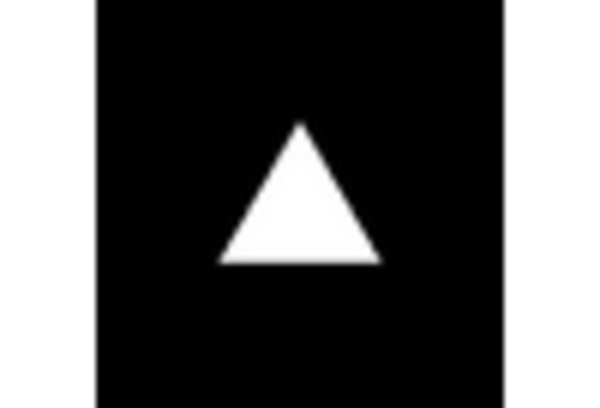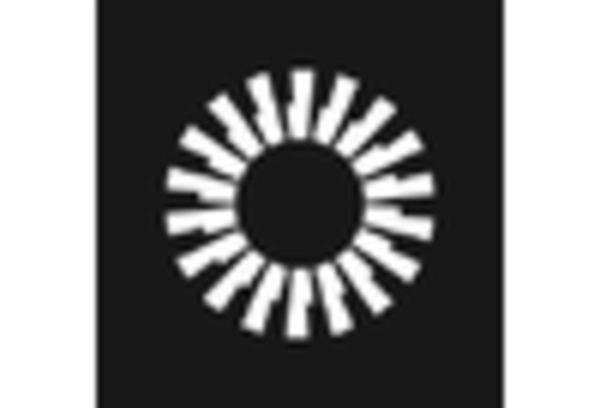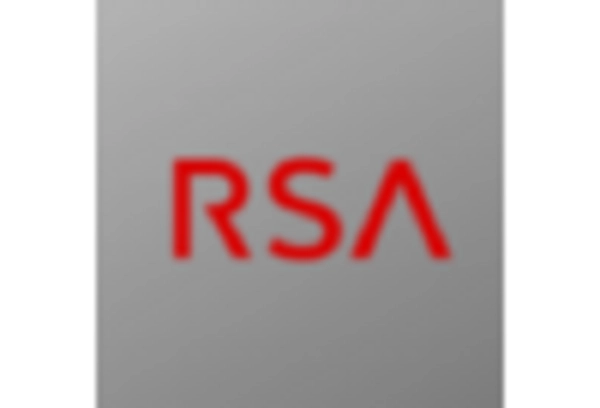The multifactor authentication market in Canada is characterized by a dynamic competitive landscape, driven by increasing cybersecurity threats and the growing demand for secure access solutions. Key players such as Duo Security (US), Okta (US), and Microsoft (US) are at the forefront, each adopting distinct strategies to enhance their market presence. Duo Security (US) focuses on innovation through continuous product enhancements, while Okta (US) emphasizes strategic partnerships to expand its service offerings. Microsoft (US), leveraging its extensive ecosystem, integrates multifactor authentication into its broader security solutions, thereby reinforcing its competitive edge. Collectively, these strategies contribute to a robust competitive environment, where innovation and strategic alliances play pivotal roles in shaping market dynamics.
In terms of business tactics, companies are increasingly localizing their operations to better serve the Canadian market, optimizing supply chains to enhance efficiency. The competitive structure of the multifactor authentication market appears moderately fragmented, with several key players exerting influence. This fragmentation allows for a diverse range of solutions, catering to various customer needs while fostering healthy competition among providers.
In October 2025, Okta (US) announced a significant partnership with a leading Canadian telecommunications provider to enhance its multifactor authentication services. This collaboration aims to integrate advanced authentication solutions into the telecom's existing infrastructure, thereby improving security for its customer base. The strategic importance of this partnership lies in Okta's ability to leverage the telecom's extensive reach, potentially increasing its market share in Canada.
In September 2025, Microsoft (US) launched a new feature within its Azure Active Directory that enhances multifactor authentication capabilities by incorporating biometric verification. This move not only strengthens security but also aligns with the growing trend towards user-friendly authentication methods. The introduction of biometric options is likely to attract a broader customer base, as organizations seek to balance security with user experience.
In November 2025, Duo Security (US) unveiled a new initiative aimed at small and medium-sized enterprises (SMEs) in Canada, offering tailored multifactor authentication solutions at competitive pricing. This initiative reflects a strategic focus on expanding its customer base by addressing the unique needs of SMEs, which often face budget constraints. By providing affordable yet robust security solutions, Duo Security positions itself as a key player in this segment, potentially increasing its market penetration.
As of November 2025, current trends in the multifactor authentication market include a strong emphasis on digitalization, AI integration, and sustainability. Strategic alliances are increasingly shaping the competitive landscape, as companies recognize the value of collaboration in enhancing their service offerings. Looking ahead, competitive differentiation is likely to evolve, with a shift from price-based competition towards innovation and technological advancements. Companies that prioritize reliability in their supply chains and invest in cutting-edge technologies will likely emerge as leaders in this rapidly evolving market.

















Leave a Comment